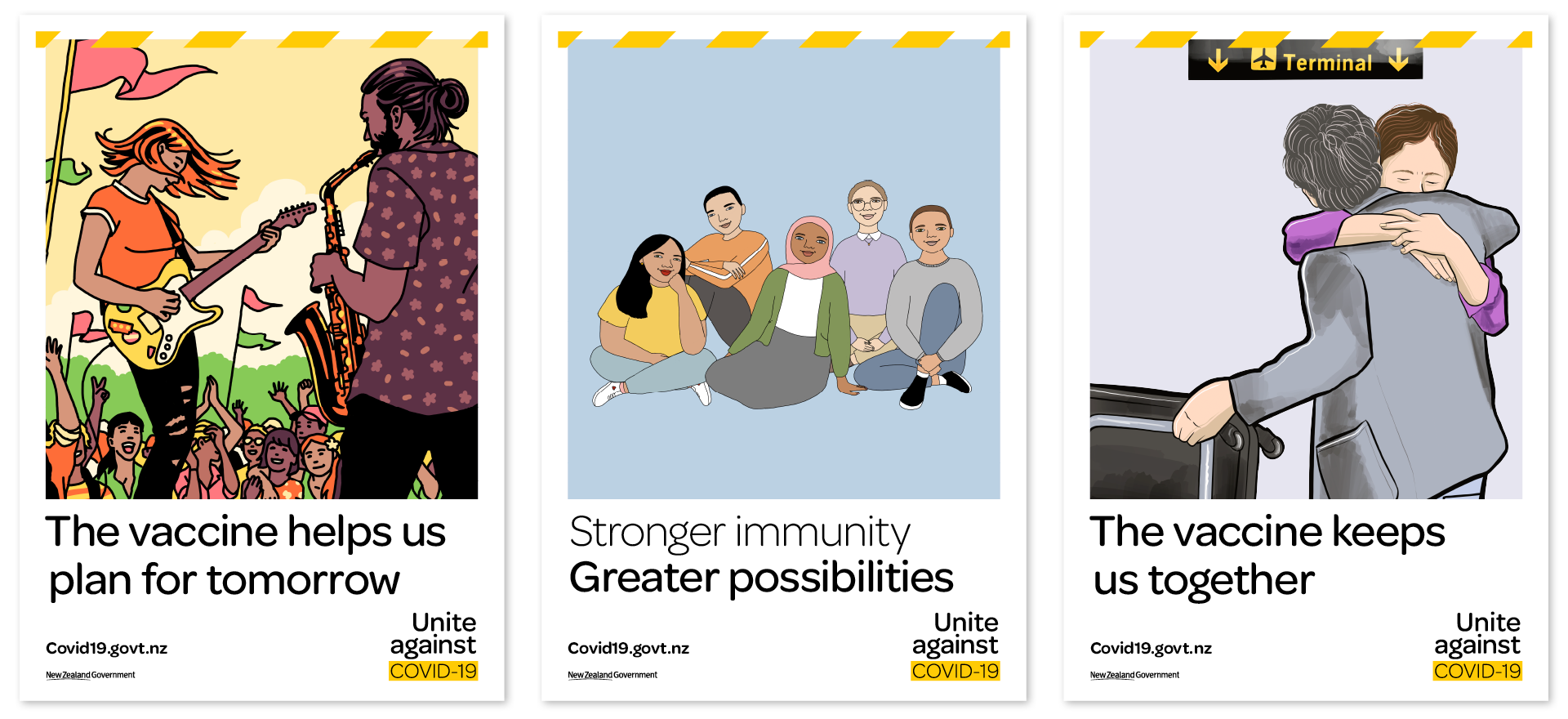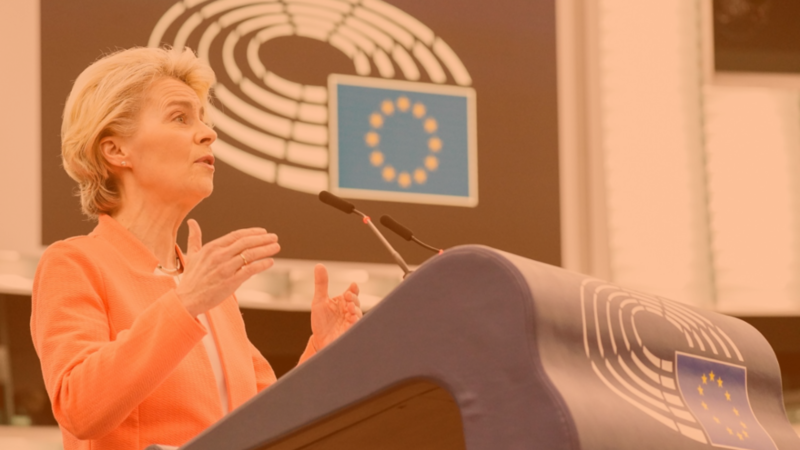How can governments do a better job of persuading people to get vaccinated?
The COVID vaccination drive is a key part of the campaign of the century. So it makes an interesting live case study for anyone interested in designing and running campaigns.
Dive in.
A bloody mess
Three things just collided for me.
- More and more people seem to be taking the view that if only nasty conspiracy theories about the jab didn’t exist, vaccination rates for COVID-19 would be much higher.
- The government here in Greece announced mandatory vaccinations for people over 60.
- And as I write, the Omicron variant has appeared in Greece. In my city.
Vaccines are a great tool to fight COVID-19. But in countries where vaccines are available, it’s clear the public is still hesitant towards them: just 66.3% of Europe is fully vaccinated as of writing1.

Global COVID vaccination rates as of December 6, from Reuters. Lower income countries have lower rates due to scandalous vaccine inequity. But even in high income countries with widely available vaccines, uptake is lagging.
Now, I can’t pin this on people falling under the sway of conspiracy theorists and misinformation. Nor on stubbornness, nor stupidity. Rather, it’s down to a complex mess of factors, but lack of trust in institutions plays a large role. As Arthur Caplan of the NYU School of Medicine puts it:
Public health in general and vaccination in particular are as much about politics, values, and public trust as they are about science and facts.
Or as the New Zealand Immunisation Advisory Centre says:
Being vaccinated is an act of trust. Trust is built through relationships, reassurance, and connection.
Public trust is a vital resource for a government handling a crisis. Yet vaccine mandates — which our leaders are now considering across Europe — just damage trust further. This sets us up for Big Problems both for COVID (compliance with measures) and its aftermath (social cohesion and political polarisation2).
Let me be clear: everyone has a responsiblity here. Humanity won’t beat the pandemic (whatever that means) without changing our behaviour.
But I’d feel better blaming our failure on individuals if I’d seen governments doing a stellar job of persuading people, and still failing to meet their targets.
How can they do better?
Enter the nurturant parent
In his 2004 book Moral Politics, the linguist George Lakoff offers two different models of managing societies: ‘strict father’ and ‘nurturant parent’. Overwhelmingly, the framework governments have used to fight COVID has been the former. (In some cases, like Austria, abusive bullying strict father.)
It’s time to give the ‘nurturant parent’ model a try. It’s time to stop treating people like idiots. It’s time for a radical shift.
So I took a dive into what governments have been doing around the world to get everyone vaccinated – from New Zealand to India to rural US states – and came up with some suggestions. These could be useful for governments who want to change course in the pandemic. Or for the next crisis.
Quick disclaimers: This post deals with the vaccination roll-out specifically — not governments’ entire COVID strategies. The former has to fit into the latter. And these ideas won’t work everywhere; each country has its own history and cultural quirks. I put them forward in the spirit of ‘see what can be adapted’.
OK, let’s go.
Proposals
1. Talk like a human
For both governments and healthcare professionals3:
- Acknowledge people’s concerns. Meet them where they are. Focus on how they can benefit if persuaded. Treat them with respect — it isn’t that hard.
- Give ‘Do’s’ rather than ‘Don’ts’. Always explain the reasons why. Don’t be dogmatic4 – when public trust is low, it has the opposite effect to what you intend.

New Zealand campaign posters against COVID. Contrast its tone with the dogmatic, finger-pointing messages in other countries, like the UK.
- Lead with values before evidence — share how you feel about the pandemic, about the response, about the future. Whether you’re a government spokesperson or a village doctor, put yourself on the same level. We are all in this together.
- Acknowledge mistakes made by authorities. If you’re updating (or reversing) your guidance, preface your comments by saying so.5 Admit what we don’t know. Explain how we know what we know.
- People are non-experts. Use simple language and metaphors people can relate to. Use stories over stats — they are more compelling. Instead of throwing numbers around, give anecdotes of real people.
- Help people to weigh the risks and benefits of their actions. Make people aware that if they choose not to vaccinate right now, you may not agree with it – but you will accept it.

2. Be insanely transparent
- Consider live-streaming meetings where your experts advise the government on the vaccination effort. Not just news conferences when everyone is on-message. Let them see the internal debates. Even if it’s only once per month, the public will appreciate it.
- Publish your vaccination rollout plan on your site, and how you’ll deal with scenarios like new variants. Invite scrutiny and suggestions from the public on your plan.
- Publish your vaccine stocks: where you’re getting product from, your public tenders, which suppliers and distributors you’re using, how much it’s costing. Publish daily the verified data that the government itself uses to measure how things are going. Publish it all.

The state of Utah offers a ‘storymap’ of progress in the pandemic. The Canadian government publishes its vaccine agreements on its site.

3. Hold monthly town hall meetings for the public
- Organise panels in public spaces (or worst case, online) with panels of experts, starting from urban centres. Even experts who disagree. Let them present their case on ways forward, and take questions from the audience.
- Live stream the whole discussion on YouTube and local TV for people who can’t attend.
- This shows you are willing to listen, and not shying away from views that contradict your own.

A townhall meeting, online in this case, organised by the government of Ohio. This one specifically targets black Americans, and takes questions from the audience.
4. Motivate through celebration, not focusing on gaps
- If you hit, say, a 40% vaccination rate for a certain age group or region, don’t lament the 60%. Celebrate the 40% in your public communications. WE FUCKING DID IT! And then get back to work closing the gap.
5. Show your target audiences people like them
- Have three spokespeople from different demographics. Rotate them based on the demographics that are least vaccinated – your target communities. Factor in ethnicity, age, and regional accents etc.
- Do the same rotation for people featured in your campaign materials.
6. Take a nuanced view of people who are not yet vaccinated
Recognise that ‘anti vaxxers’ includes a wide variety of people. And tailor your strategy to reach each subgroup.

That’s it.
A crisis like COVID is opportunity for a reset. A lot of ground can be regained (or lost) in a short time.
We owe it to ourselves to look at how we could be doing it differently. These proposals are a start.
This was first published on the Subvrt activist newsletter. Your constructive feedback is welcome: Twitter or email.
Notes
1: FWIW, I’m one of them. Also, I’ll set aside the issue of vaccinating children against COVID for the purpose of this post.
2: As I’ve suggested before, in the current environment strict-father actions toward the public will likely foster resentment. People who were nervous about the vaccine, who already didn’t trust institutions, might give in now because they feel they have no choice. But when a slick-tongued disruptor comes along who offers them a ‘fuck you’ button, those people will be more likely to support him.
3: Here’s New Zealand’s recipe for humanised government messaging in a pandemic: open, honest and straightforward communication; distinctive and motivational language; and expressions of care.
4: Per Matt Taibbi, avoid ‘the instinct to armour-plate even unrelated subjects with layer after layer of insistent vaccine dogma’.
5: As The Medical Journal of Australia puts it: “Avoid over-reassuring people about vaccine safety with statements such as ‘the vaccine is safe for people over 50 years’. Early overconfidence in rates of an outcome may also affect trust if data change. Signal the potential for estimates to be updated over time so the public are more ready for change.”
Do you want to be informed of DiEM25's actions? Sign up here

















